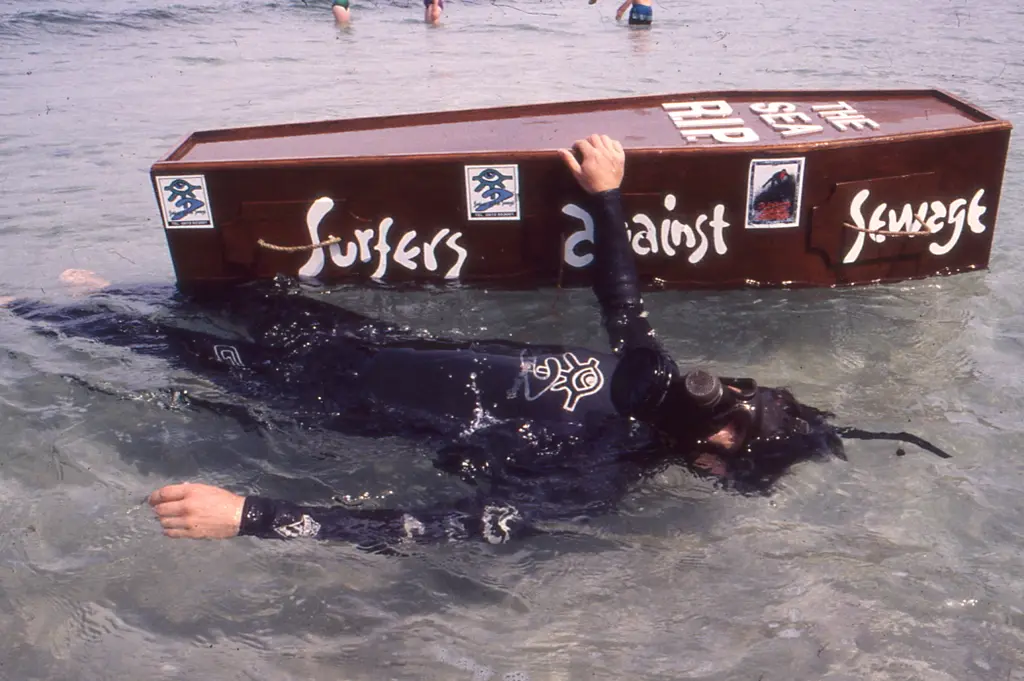Striking portraits of Birmingham’s punks and goths
- Text by Isaac Muk
- Photography by Rizwan Ali

One afternoon in 2013, Birmingham-based photographer Rizwan Ali was catching a bus out of the city centre when he spotted someone he recognised. It was an old college friend, but he had undergone something of a transformation. Instead of his usual hoodie and jeans combo, he was wearing a long black coat, leather gloves, a black vest and grown-out, flowing hair to match.
It was the first time Ali, now 41, had really noticed a goth in his life, and he started thinking about his old friend’s newfound form of self-expression. “It was really interesting to me,” he explains. “In college, this person was what we would call a very strait-laced, very straight down the line person, so to see him dressed as a goth was like: ‘Okay, this is a bit different!’”


Soon after, Ali found himself wrapped up in a conversation with a co-worker who had been involved in the UK punk scene for decades. “We have an older gentleman who works with us, and he’s been a punk since probably the early 70s,” Ali says, referring to a member of long-running punk band The Accused. “He was telling me about the history of the Birmingham punk scene and all the places he used to play, like The Crown the city centre and the Mermaid Pub in Sparkbrook.”
With little prior knowledge of punk or its roots, Ali started to research its history and began making the cultural connections between punk, post-punk and goth genres. “Something just clicked in my mind,” he remembers. “I thought: let’s start documenting punks and goths.”
Since 2017, Ali has been travelling to various bars and music venues in Birmingham and its surrounding areas with his camera, meeting with and making pictures of those involved in the local punk and goth scenes. Featuring pit action at gigs and warm portraits of the bands and fans, his photographs are now presented in his ongoing online series Punks and Goths.
“I think the scene is fantastic here. It’s really good, really diverse,” Ali gushes. “And I kid you not, every single goth and every single punk have been some of the nicest people that you can ever imagine. There’s never any egos, there’s never been any in-fighting – it’s a very close, tight-knit community.”
Exploring themes of identity, acceptance and individuality, the mostly black-and-white pictures are an ode to the solidarity between the scenes as well as their distinctive aesthetics. Given the diversity of expression and tastes, distinguishing them isn’t always straightforward.
“I think a lot of it is about the aesthetics of it and the way that they dress,. That dark, all black [look] of the goths, saying ‘we’re here, we’re loud and out’ really appeals to me,” Ali says of their differences. “[Whereas] with the punks you get the big boots, stud jackets, etc. But you do get some who don’t dress like the cliché punks – I would say a punk is someone who rebels against society’s perceived norms.”

With his subjects often smiling at the camera, all dramatic make-up, back-combed hair and battle jackets, Ali’s series shines a human light on subcultures that have been historically maligned by mainstream society.
“I think all subcultures have a bad press image – like rap and hip hop, punks and goths, and especially skinheads,” he continues, addressing the negative stereotypes often attached to those who express themselves freely. “A lot of this comes from the fact that they were people who early on rebelled against the norms and people couldn’t accept that at the time. Obviously you see punks portrayed as loud mouth troublemakers and goths as these weird reclusive types, and that couldn’t be further from the truth.
“Every single person I’ve met, all of them have normal day-to-day jobs, and this is just their outlet,” he continues. “And I think that’s fantastic, personally.”
More of Punks and Goths by Rizwan Ali can be seen on his dedicated Instagram page.
Follow Isaac onTwitter.
Enjoyed this article? Follow Huck on Twitter and Instagram.
Latest on Huck

Bernie Sanders introduces Clairo at Coachella, urging young Americans to “stand up for justice”
Coachella charmed — The Vermont Senator praised the singer-songwriter for her efforts in raising awareness of women’s rights issues and Gaza.
Written by: Isaac Muk

The Changing Face Of Brooklyn, New York’s Most Colourful Borough
After three decades spent capturing stories around the world, Magnum Photographer Alex Webb finally decided to return home to Brooklyn – a place that champions chaos, diversity and community spirit.
Written by: Alex Webb / Magnum Photos

The mundane bliss of New York’s subways in the ’70s
NYC Passengers 1976-1981 — During a very different decade in NYC, which bounced between rich creativity and sketchiness, photographer Joni Sternbach captured the idiosyncratic isolation found on its rail networks.
Written by: Miss Rosen

Analogue Appreciation: lullahush
Ithaca — In an ever more digital, online world, we ask our favourite artists about their most cherished pieces of physical culture. Today, it’s Irish retro-futurist lullahush.
Written by: lullahush

Spyros Rennt captures connection and tenderness among Berlin’s queer youth
Intertwined — In the Greek photographer’s fourth photobook, he lays out spreads of togetherness among his friends and the German capital’s LGBTQ+ party scene.
Written by: Isaac Muk

The rebellious roots of Cornwall’s surfing scene
100 years of waveriding — Despite past attempts to ban the sport from beaches, surfers have remained as integral, conservationist presences in England’s southwestern tip. A new exhibition in Falmouth traces its long history in the area.
Written by: Ella Glossop








